Another week, another Collision. With Donald Trump’s first criminal trial—the hush-money case in Manhattan—winding down, we’ll walk you through how well the prosecution made its case as the jury could start deliberating as early as next week. Plus, we’ll get into a bit of this week’s “deadly force” controversy—which means we’re running pretty long this week. For that reason, we’ll skip the Docket.
Did the Prosecution Prove Its Case Against Donald Trump?
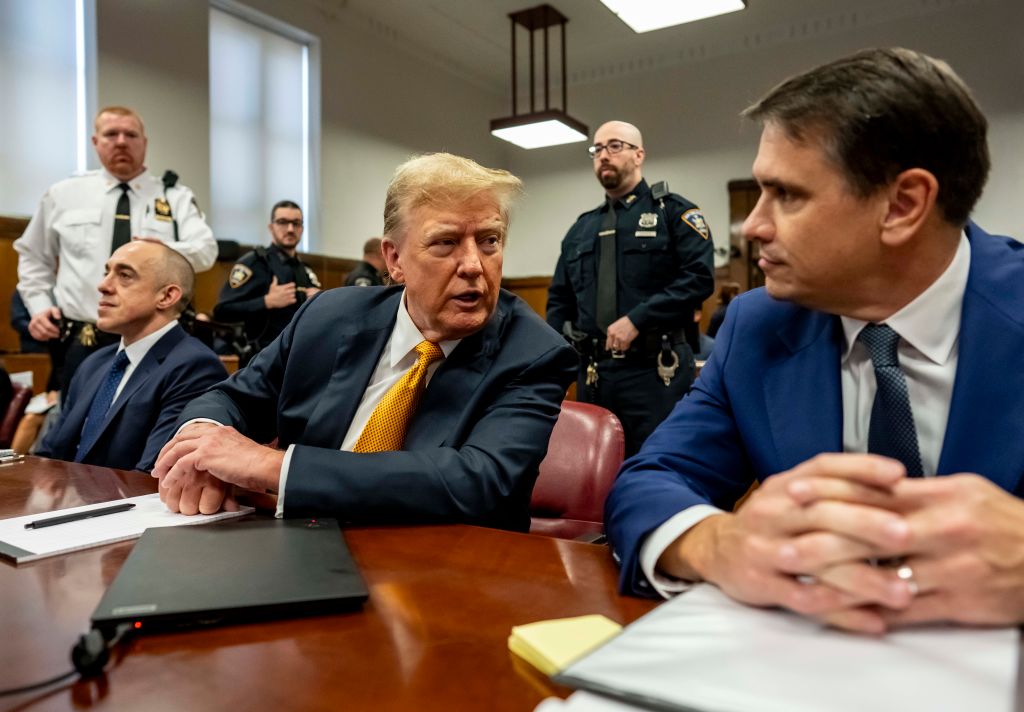
Both the prosecution and the defense have rested their cases, closing the evidentiary portion of the former president’s criminal trial. Let’s examine the evidence the jury will weigh when it moves into deliberations next week following closing arguments.
Remember, the jury does not decide legal questions, such as whether paying hush money to a porn star is a federal crime, or whether a state prosecutor can use an uncharged federal crime to prove his case, or whether Trump’s gag order was prejudicial, or whether Stormy Daniels’ very detailed testimony was a problem. Those are all questions for an appellate court if Trump is convicted. It’s also worth pointing out that if all 12 jurors decide that Trump is not guilty, that’s the end. The prosecution doesn’t get to appeal, nor does it get to try him again.
If jurors come back after hours or days and say they are unable to reach a unanimous verdict, the judge may tell them to deliberate longer. This itself is controversial because it means the judge is putting his thumb on the scale one way or the other. Regardless, if the jury cannot reach a unanimous verdict, the judge will eventually declare a mistrial. In that case, the prosecution can refile charges and do this all over again. But more often than not, that’s the end and the case simply goes away.
As we’ve said before, to find Trump guilty, every juror must agree the evidence proved beyond a reasonable doubt that:
- The business records regarding payments to Trump attorney Michael Cohen were false;
- Trump was responsible for the false business records and had the “intent to defraud” (as in, he knew the records were false and didn’t want other people potentially reading the records to know the true nature of the payments); and
- Trump’s purpose for falsifying the business records was to cover up another crime.
Let’s walk through each of those claims and the evidence presented at trial in more detail and you can decide whether the prosecution met its burden.
Claim 1: The business records were false.
The reimbursement payments made to Cohen were listed as “legal services” in the internal Trump business books. Cohen was a lawyer and it’s not a problem if a law firm, for example, hires an expert witness for your trial and bills it back to you as an expense for legal services. So to prove this element, the prosecution needed to show that Cohen was not acting as an attorney for Trump or the Trump Organization when he paid Stormy Daniels and that the payment from Trump to Cohen—which is the source of the business record—was not in any way for legal services.
Here’s the evidence: Multiple witnesses, starting with former National Enquirer publisher David Pecker and including Cohen himself, testified about the nature of the “catch-and-kill” relationship between the Republican candidate and the tabloid. The Enquirer would pay a subject with damaging information about Trump for the rights to that subject’s story, and in exchange Trump’s team would provide the tabloid with damaging stories on his rivals in the 2016 GOP primary.
Pecker also testified that while he had paid to keep another woman, Karen McDougal, quiet about her alleged affair with Trump, he was unwilling to pay for Daniels’ story in October 2016 and suggested Trump and Cohen pay to keep Daniels quiet. Daniels’ lawyer, Keith Davidson, also testified that he ended up negotiating with Cohen for the $130,000 payment. Cohen confirmed that he paid the money to Davidson with the agreement that Daniels would not share the story of her relationship with Trump publicly. He expected to be reimbursed for that payment by Trump and the Trump Organization.
The jury heard, in painstaking detail, all of the internal accounting maneuvers that resulted in Cohen receiving his reimbursement from Trump himself over a series of installments. The Trump Organization’s records and check stubs indicated the payments were for services rendered under a legal retainer, though Cohen and former Trump Organization accounting employees testified there was no retainer and the payments were reimbursements for the hush money.
This was perhaps the easiest factual hurdle for the prosecution to clear, and the multitude of evidence suggests as much. It’s why the defense did little to rebut this specific element, focusing instead on casting doubt on Cohen’s credibility as a witness.
Claim 2: Trump was responsible.
Of course, it’s not enough to show that somebody misrepresented the payments in the Trump Organization’s books. The prosecution needed to demonstrate that Trump directed someone to write “legal services” (or just not “payment to Stormy Daniels”) in the books and that he knew the payments to Cohen weren’t for legal services.
Prosecutors relied heavily on Cohen’s own testimony to demonstrate that Trump knew exactly what he was asking his “fixer” to do: pay off Daniels. Jeff McConney, a former Trump Organization controller, testified that Cohen eventually got reimbursed by the Trump Organization in an arrangement with executive Allen Weisselberg. And McConney and longtime Trump accountant Deb Tarasoff testified that Trump was well aware of the purpose of the checks to Cohen he was personally signing—all of which could meet the prosecution's threshold on this point. Furthermore the witnesses, particularly Tarasoff, provided testimony that Trump was very attentive to this particular set of checks because of the source of the money: his personal account.
But there could be some reasonable doubt that Trump knew about the inner workings of the books of the Trump Organization. The defense pointed out that McConney and Tarasoff were not privy to conversations between Trump and Cohen or Trump and Weisselberg about these payments, denying the prosecution had direct evidence Trump had actively or even passively assented to cooking the books.
Claim 3: Trump did it to cover up a crime.
To prove this element, the prosecution doesn’t need to prove that Trump actually committed another crime. But it does need to prove that Trump thought he might have and thus wanted the false entry in the Trump Organization books.
Ideally, prosecutors would want an entry in Trump’s diary that read:
Dear Diary,
It’s fun to be president. Thinking about bombing a few countries. Also, I cut that check to Cohen today to pay him back for the thing. It seems totally possible to me asking him to pay hush money to a porn star during a presidential election is a crime. Could be a campaign finance violation or maybe there’s some tax implications I’m not thinking through. Who knows! Better to be on the safe side and make sure that if any investigators start digging through my stuff, they don’t find it, which is why I told that dude to write “legal services” instead of “hush money payment reimbursement to Cohen” in our corporate books.
Xoxo,
DJT
They don’t have Trump’s diary, but here’s what the prosecution did show: that Trump was well aware of how Daniels’ revelations about their sexual encounter could upend his presidential campaign. Longtime Trump aide Hope Hicks testified about the climate of fear within the campaign in the final weeks before the 2016 election, when the release of the infamous Access Hollywood tape put Trumpworld on edge about what other shoes might drop.
That corroborates what other witnesses, from David Pecker to Michael Cohen, said they understood: Trump recognized that post-Access Hollywood, a story about him sleeping with a porn star would be devastating for his presidential campaign.
The question isn’t whether the prosecution proved that Trump knew the story would be bad and subsequently pushed so hard to cover the story up. Did prosecutors show the jury that those actions, and the cover up of those actions by tallying his reimbursement payments to Cohen as legal services, were in service of covering up an electoral fraud crime?
This is the most difficult plank of the prosecution’s case to prove, and it may rely entirely on how prosecutors sell that story in closing arguments. And it’s an element the defense also spent little time pressing, since the burden falls on the prosecution. Intent is a hard point to prove without that sort of diary confession we concocted above. The verdict hinges on this point—and after next week, that will be entirely in the jury’s hands.
Trumpworld Runs With an Explosive Lie
On the site, Mike has a reported piece about a MAGA-world controversy that blew up this week. Thanks to another pretrial motion to dismiss the federal case about Trump’s retention of classified documents, many of the former president’s most ardent supporters have latched onto some important but standard law enforcement language to accuse the Biden administration of, well, pretty much the worst.
Here’s an extended excerpt, but be sure to read the whole thing:
The swiftness with which the false claims—that the FBI, under direction from Joe Biden’s Justice Department, sought to use deadly force against Trump and even to assassinate him—made it from the fever swamps of the internet to the former president demonstrate how the MAGA ecosystem inculcates a culture of lying and misrepresentation of facts. It’s worth deconstructing both how the falsehoods entered the bloodstream and exactly what Trump’s acolytes in the media have gotten wrong, according to multiple sources at the Justice Department and FBI who spoke to The Dispatch about standard operating procedures.
First, the Trump motion itself, which seeks to dismiss the case in part by arguing the FBI’s 2022 raid on Mar-a-Lago violated Trump’s constitutional rights, appears designed to mislead the public. Trump’s filing lays out his case with several dubious claims, but what members of the pro-Trump media seized on Tuesday was language from the FBI’s “operations order” that governed the agents’ execution of the legally obtained search warrant for Mar-a-Lago.
Under a heading titled “The Illegal Raid,” Trump’s filing noted that the FBI order “contained a ‘Policy Statement’ regarding ‘Use Of Deadly Force,’ which stated, for example, ‘Law enforcement officers of the Department of Justice may use deadly force when necessary.’” (The FBI order had been obtained by Trump’s defense team during discovery and presented as an exhibit in its filing.)
What the defense’s filing does not detail is the fact that the operation order’s permission for law enforcement to “use deadly force when necessary” is boilerplate language included in the operations order from the DOJ’s policy on use of deadly force—the same language used in pretty much every order authorizing the execution of arrest and search warrants. This is what FBI sources told The Dispatch—that at any point where armed agents are involved in an operation, even one with no expectation of resistance such as a search warrant execution, a policy dictating when deadly force can and cannot be used is not only standard but necessary. Whether the FBI is raiding the offices of a business suspected of mail fraud, the headquarters of a drug kingpin suspected of racketeering, or the home of a former president suspected of retaining classified documents illegally, the rules governing the use of deadly force remain the same.
But Americans who receive their information from a variety of pro-Trump and MAGA sources would learn none of that. The reaction from those voices was quick, hysterical, and wrong. Leading the charge was Julie Kelly, a writer at Real Clear Investigations who for years has proliferated conspiracy theories and false narratives regarding the January 6 riot at the Capitol, the prosecutions of Trump, and other subjects of interest to the MAGA movement. Her explanation of January 6? Trump supporters were innocent victims of left-wing troublemakers and Democrats started the trouble to suppress the facts about voter fraud in the 2020 election.
On Tuesday, Kelly breathlessly relayed the details of the FBI operations order on her X account. “Oh my God,” Kelly wrote. “Armed FBI agents were preparing to confront Trump and even engage Secret Service if necessary. They were going to go door to door to terrorize MAL guests and even pick the locks. Gestapo.” She noted the operations order’s medical plan in case anyone was injured during the raid.
Kelly even provided a screenshot of the section from the order citing the FBI’s policy statement on use of deadly force, which states that such force can only be used “when the officer has a reasonable belief that the subject of such force poses an imminent danger of death or serious physical injury to the officer or to another person.” But from this, Kelly claimed the FBI “risked the lives of Donald Trump, his family, his staff, and MAL guests” and said that “people need to be arrested for this.”
Setting aside that Trump himself was not at Mar-a-Lago at the time of the raid, it’s worth noting that the policy itself is designed to protect people at the location where a search warrant is being executed by limiting how law enforcement officers are allowed to use deadly force. As FBI sources told The Dispatch, since the Obama administration, the policy has increasingly restricted the circumstances in which federal law enforcement can use deadly force, including more limits on when firearms can be used on moving vehicles. The policy is built on the presumption that such force should only be used in times of imminent serious injury or possible death or to officers or other persons.
Yet Kelly’s tweets, and her bogus claim that the FBI language was unusual and ominous, were amplified in real time by a series of credentialed accounts on the MAGA right. One of those was the X account for the Republicans of the House Judiciary Committee, which retweeted one of Kelly’s tweets with several “siren” emojis. Others included Reps. Marjorie Taylor Greene and Jim Banks and Sens. Josh Hawley and Ted Cruz. Rep. Paul Gosar even said Biden “ordered the hit” on Trump at Mar-a-Lago.
On Tuesday night, the FBI issued a rare public statement seeking to quell the growing frenzy: “The FBI followed standard protocol in this search as we do for all search warrants, which includes a standard policy statement limiting the use of deadly force. No one ordered additional steps to be taken and there was no departure from the norm in this matter.”
It didn’t work. Pro-Trump commentators continued to misrepresent the order online.
“‘It is standard policy to authorize shooting our Republican political opponent when we raid his home for no good reason after running the Russia collusion hoax and other scams.’ — Biden DOJ” tweeted Mollie Hemingway, a Fox News contributor, attempting to satirize the FBI’s defense while misrepresenting the text and meaning of the policy. She later gleefully tweeted about Trump’s own proliferation of this misrepresentation.
“It was not a standard op,” tweeted Dan Bongino, a former Secret Service agent who hosts a popular online podcast show. “The MAL raid was an unprecedented action with significant potential for confusion and blue on blue issues and conflict. It also involved competing equities between federal agencies (FBI & USSS) with equal statutory claims to interrupt the other’s activities.”
What Bongino does not note is that the operating order itself provides the guidelines for how to coordinate with other law enforcement agents and even with Mar-a-Lago security and staff—quite literally a standard part of any FBI field operation.


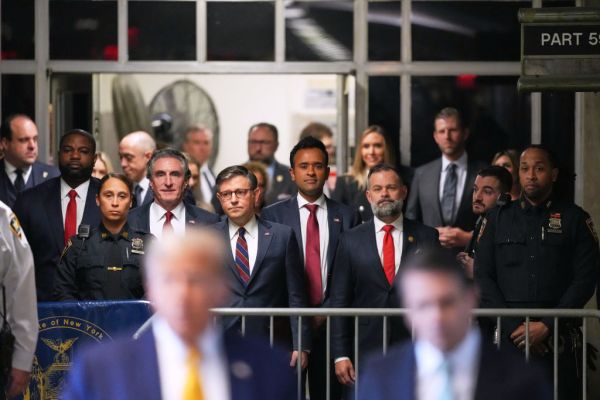
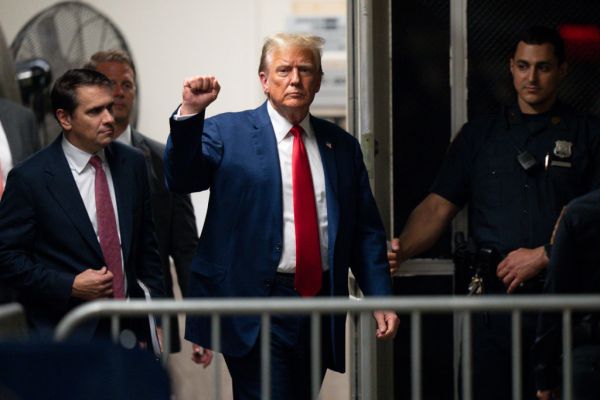
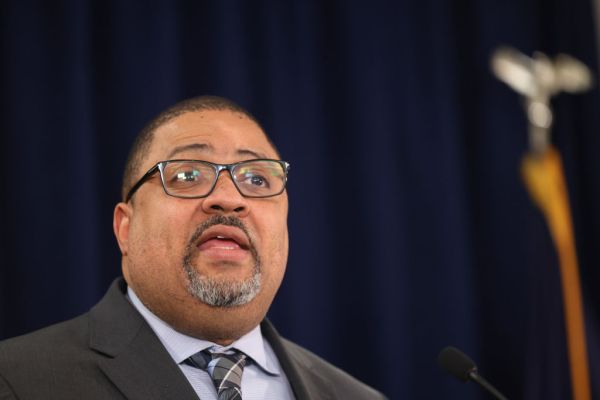
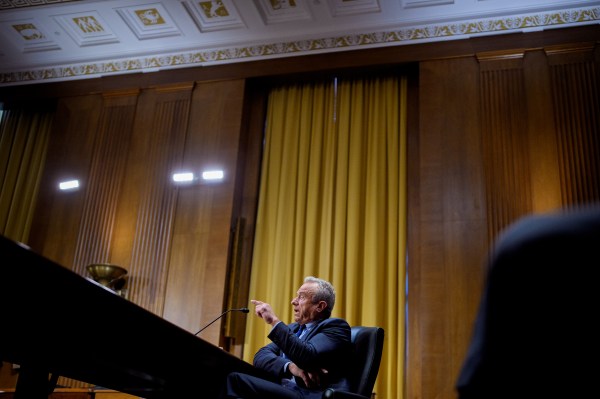
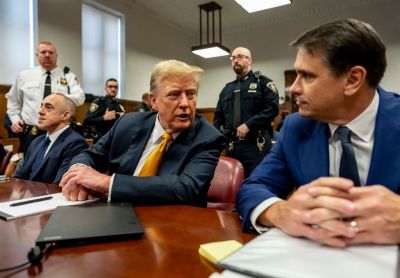
Please note that we at The Dispatch hold ourselves, our work, and our commenters to a higher standard than other places on the internet. We welcome comments that foster genuine debate or discussion—including comments critical of us or our work—but responses that include ad hominem attacks on fellow Dispatch members or are intended to stoke fear and anger may be moderated.
With your membership, you only have the ability to comment on The Morning Dispatch articles. Consider upgrading to join the conversation everywhere.